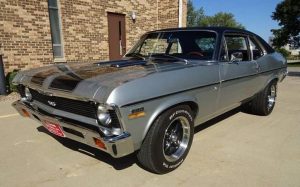Hey Cool Car Fans,
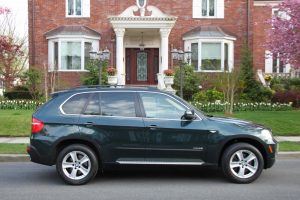
I really enjoy driving European and other luxury brand vehicles, such as Audi, BMW, Mercedes Benz and other high-end cars. Who doesn’t? They often have great technology, handle extremely well on the road and have fantastic performance. However, everyone knows that there is a cost involved in driving these vehicles and so once they are out of warranty they tend to depreciate like a rock.
THE TOYOTA RAV4 VS THE BMW X5

The other day I had a client call me about consigning his 2011 Toyota RAV4 LE, so a base model vehicle with a sunroof, and it had out 60,000 miles on it. I looked up what the trade value would be on his vehicle if we didn’t consign it and I just sent it to the dealer auction. It was $10,000 based on what they have been selling for at auction.
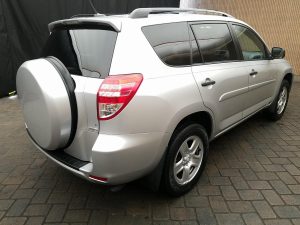
As the conversation progressed, he said that he was thinking that he might want to also get out of his 2010 BMW X5 with the 4.8l motor that was pretty hard loaded. It had more miles than the Toyota RAV4 with around 94,000 miles on the odometer. I looked that one up for him as well and to his shock and amazement it was selling at auction for the same price as the 2011 Toyota RAV4, which was about $10,000 for a trade-in value.
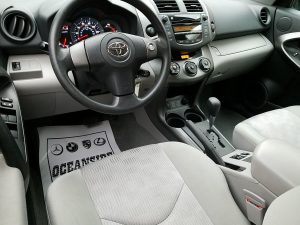 That’s pretty unreal considering the 350hp 2010 BMW X5 4.8l had an MSRP of $56,300 before adding in all the options for the vehicle. It’s more like $60,000 to $65,000 by the time you start adding options on a vehicle like that one. And that’s compared to a 179hp 4 cylinder 2011 Toyota RAV4 LE with an MSRP of about $25,575. So, you have a high-performance german luxury brand that is over twice the amount of money new selling 7 to 8 years later for the same amount of money at auction and at retail as a basic Japanese SUV. Which means that if you’re into European vehicles be prepared to lose money or you can buy them at a substantial discount.
That’s pretty unreal considering the 350hp 2010 BMW X5 4.8l had an MSRP of $56,300 before adding in all the options for the vehicle. It’s more like $60,000 to $65,000 by the time you start adding options on a vehicle like that one. And that’s compared to a 179hp 4 cylinder 2011 Toyota RAV4 LE with an MSRP of about $25,575. So, you have a high-performance german luxury brand that is over twice the amount of money new selling 7 to 8 years later for the same amount of money at auction and at retail as a basic Japanese SUV. Which means that if you’re into European vehicles be prepared to lose money or you can buy them at a substantial discount.
WHY DO MORE EXPENSIVE CARS LOSE THEIR VALUE SO MUCH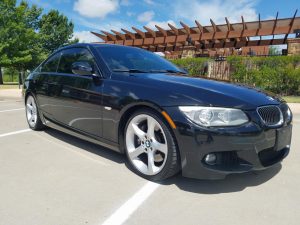
It seems pretty amazing that a more expensive vehicle would depreciate more than a less expensive vehicle, but part of the problem is the cost of parts and overall repair costs. Many times people who own a less expensive vehicle will work on vehicles themselves rather than taking it to the dealership for repairs. These people don’t count the time that they are spending fixing brakes or doing oil changes or other repairs into their overall cost of ownership. Most people who own more expensive vehicles don’t tend to work on their own vehicles, so they take it to the dealer at $150 to $200 an hour. They don’t always think about the fact that they could be going to a less expensive repair shop, with a lower hourly rate, for some of their more basic repairs.
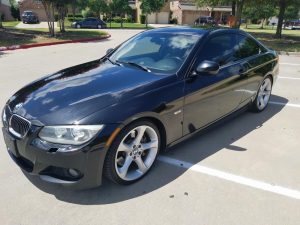
For example, I had to replace a radiator overflow in a 2011 BMW 3 Series and the local BMW dealer wanted $500 to do it. I found the part on Amazon for $80 and had a local repair shop install it for me for a half hour of bill time for $50 and a $500 repair turned into a $130 repair. You can’t find after-market parts for most high-line vehicles for the first few years of production, so you have to wait a few years before you can find other options for parts than the dealership. The parts can be very expensive, which is one of the reasons why these vehicles do not hold their value the way the Toyota or Honda vehicles do. It’s a supply and demand issue because people want to have lower repair costs.
Basically, you can thank the dealers and the mechanics for depreciating your Euro luxury vehicles. If you know what you’re doing you can get a great deal on a luxury performance vehicle a few years old. Which is the case for The Cool Car Guy because I like driving vehicles that sold for $65,000 new for $10,000 to $20,000.
Of course, I shouldn’t be telling people this because the more people who figure this out the more expensive these vehicles are going to be and they won’t depreciate as much based on supply and demand. The reality though is as long as the majority of people keep wanting to drive a 7 or 8 year old Japanese vehicle for 50% off, I’ll keep telling my clients that they can be driving the equivalent year high-performance vehicle for 70% to 85% off and laugh all the way to the bank.
_________________________________________________________________________
 Auto Consultant – John Boyd: The Cool Car Guy
Auto Consultant – John Boyd: The Cool Car Guy
John is an auto consultant who owns CoolCarGuy.com that is a licensed car dealership in Lone Tree, CO. He can help you save time and money on any make or model, new or used, lease or purchase – nationwide! Call or email John about your next vehicle! jboyd@coolcarguy.com or Twitter @coolcarguy

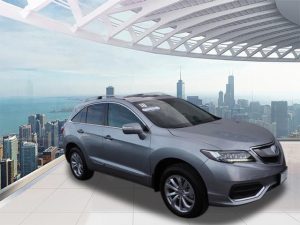 Hey Cool Car Fans,
Hey Cool Car Fans,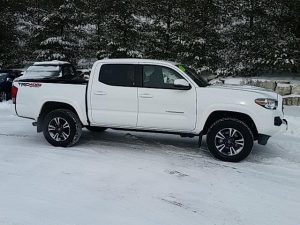 I’ve leased Subaru’s, Honda’s and Toyota’s to people here in Colorado where they will look at the residual after three years and they realize they are in an “equity position” at the end of the lease term. Often times they will call me and just ask me to help them buy their vehicle at the end of the lease. The Toyota Tacoma or 4Runner is a great example of this kind of a strategy and many of the Subaru’s like the Crosstrek. You get to the end of the lease and you realize that if you give it back to the leasing company Toyota or Subaru are going to sell it at auction for a few thousand less than what they are selling for online. Why wouldn’t you just buy it out and sell it yourself or keep it? These are what I refer to as an “equity lease” because you have equity in the vehicle at the end of the lease term.
I’ve leased Subaru’s, Honda’s and Toyota’s to people here in Colorado where they will look at the residual after three years and they realize they are in an “equity position” at the end of the lease term. Often times they will call me and just ask me to help them buy their vehicle at the end of the lease. The Toyota Tacoma or 4Runner is a great example of this kind of a strategy and many of the Subaru’s like the Crosstrek. You get to the end of the lease and you realize that if you give it back to the leasing company Toyota or Subaru are going to sell it at auction for a few thousand less than what they are selling for online. Why wouldn’t you just buy it out and sell it yourself or keep it? These are what I refer to as an “equity lease” because you have equity in the vehicle at the end of the lease term.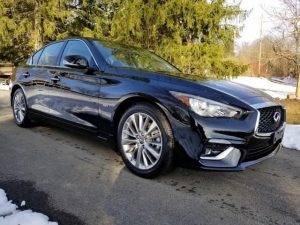 Instead of running around looking for the obscure off-lease, hard to find, overpriced used vehicle you could be driving a new vehicle and financing it over a longer term knowing that you’re going to keep it for 12 or 13 years like my client decided to do. The first few years she is paying very little of the lease payment in interest and most of her payment is going toward depreciation.
Instead of running around looking for the obscure off-lease, hard to find, overpriced used vehicle you could be driving a new vehicle and financing it over a longer term knowing that you’re going to keep it for 12 or 13 years like my client decided to do. The first few years she is paying very little of the lease payment in interest and most of her payment is going toward depreciation. Hey Cool Car Fans,
Hey Cool Car Fans, Hey Cool Car Fans,
Hey Cool Car Fans,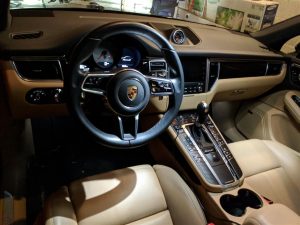 First of all, it rarely ever makes sense to take over someone’s lease because you are assuming the remainder of their financial obligation.
First of all, it rarely ever makes sense to take over someone’s lease because you are assuming the remainder of their financial obligation. The residual may also be terrible as well. If your goal is to give the vehicle back at the end of the lease and you can stay within the remaining miles that could be a good option for you. What if you go over the miles though and the lease is setup where you have to pay $.25 or $,30 a mile for each mile that you go over? If you go over by 10,000 miles you could be writing a check at the end of the lease for $2,500 or $3,000 to give the vehicle back. What if you want to buy it out at the end of the lease term, but the leasing company bet wrong and put too high of a residual for the marketplace? Then you’re in a situation where the best option is to give it back, so you basically just rented the vehicle with a higher level of risk.
The residual may also be terrible as well. If your goal is to give the vehicle back at the end of the lease and you can stay within the remaining miles that could be a good option for you. What if you go over the miles though and the lease is setup where you have to pay $.25 or $,30 a mile for each mile that you go over? If you go over by 10,000 miles you could be writing a check at the end of the lease for $2,500 or $3,000 to give the vehicle back. What if you want to buy it out at the end of the lease term, but the leasing company bet wrong and put too high of a residual for the marketplace? Then you’re in a situation where the best option is to give it back, so you basically just rented the vehicle with a higher level of risk. It started with Tesla getting millions of people fired up about electric vehicles over the last decade and now Volvo is planning to go all electric in the future with their cars. Mercedes Benz has announced that they are going to be spending a $1 billion investment into their manufacturing hub in Alabama…
It started with Tesla getting millions of people fired up about electric vehicles over the last decade and now Volvo is planning to go all electric in the future with their cars. Mercedes Benz has announced that they are going to be spending a $1 billion investment into their manufacturing hub in Alabama…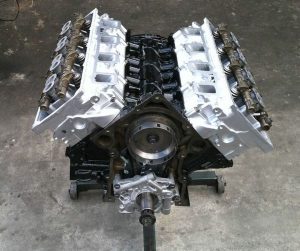 A petroleum based engine is designed to run on gasoline or diesel fuel and it can be rebuilt. When batteries wear out they are finished and have to be replaced and it can be extremely expensive. Some people argue that this is no different than rebuilding an engine that can also be expensive.
A petroleum based engine is designed to run on gasoline or diesel fuel and it can be rebuilt. When batteries wear out they are finished and have to be replaced and it can be extremely expensive. Some people argue that this is no different than rebuilding an engine that can also be expensive.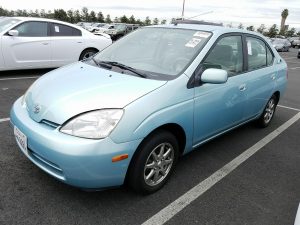
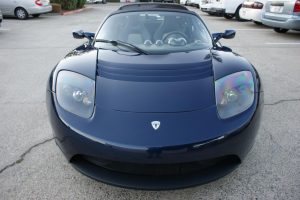 The challenge for electric vehicles is not the new car market for consumers, but it’s actually the used car market. Most people are afraid of buying electric vehicles that are five years old and having to replace the batteries in the future. The lifespan of batteries in electric vehicles today is about ten years, like in a Toyota Prius. It’s pretty difficult to convince someone to pay top dollar for a used electric vehicle when they are concerned about the battery life and the cost to replace the batteries. In 2015, Autoblog.com had an article titled
The challenge for electric vehicles is not the new car market for consumers, but it’s actually the used car market. Most people are afraid of buying electric vehicles that are five years old and having to replace the batteries in the future. The lifespan of batteries in electric vehicles today is about ten years, like in a Toyota Prius. It’s pretty difficult to convince someone to pay top dollar for a used electric vehicle when they are concerned about the battery life and the cost to replace the batteries. In 2015, Autoblog.com had an article titled 